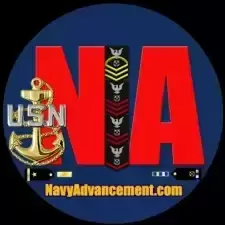NAVY MITIGATION MEASURES IN RESPONSE TO CORONAVIRUS OUTBREAK UPDATE 3
-
👉 Latest News
-
Mustang Lariat - Nov 2024 Volume 02
By Tony, in Navy Enlisted to Officer Forum | LDO, CWO | Commissioning Programs
- 0 replies
- 560 views
-
Navy College Program Newsletter | Scholarship Opportunities
By Tony, in Navy College Education & Training Forum
- 0 replies
- 532 views
-
- 0 replies
- 758 views
-
Cycle 266 E7 Active Duty/TAR Selection Board Eligible Timeline
By Tony, in Chief Selection Board Forum | Results, Preparation, Records
- 2 replies
- 3,418 views
-
- 0 replies
- 1,927 views
-

Recommended Posts
Join the conversation
You can post now and register later. If you have an account, sign in now to post with your account.
Note: Your post will require moderator approval before it will be visible.